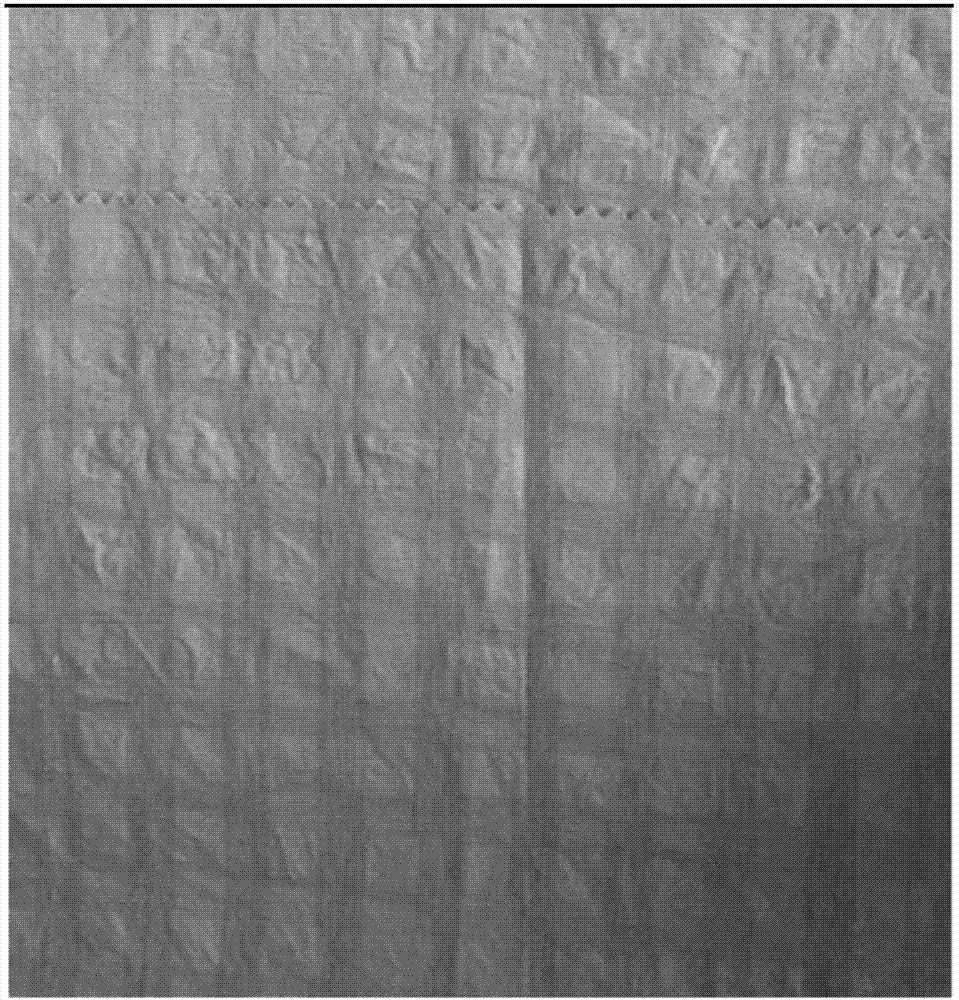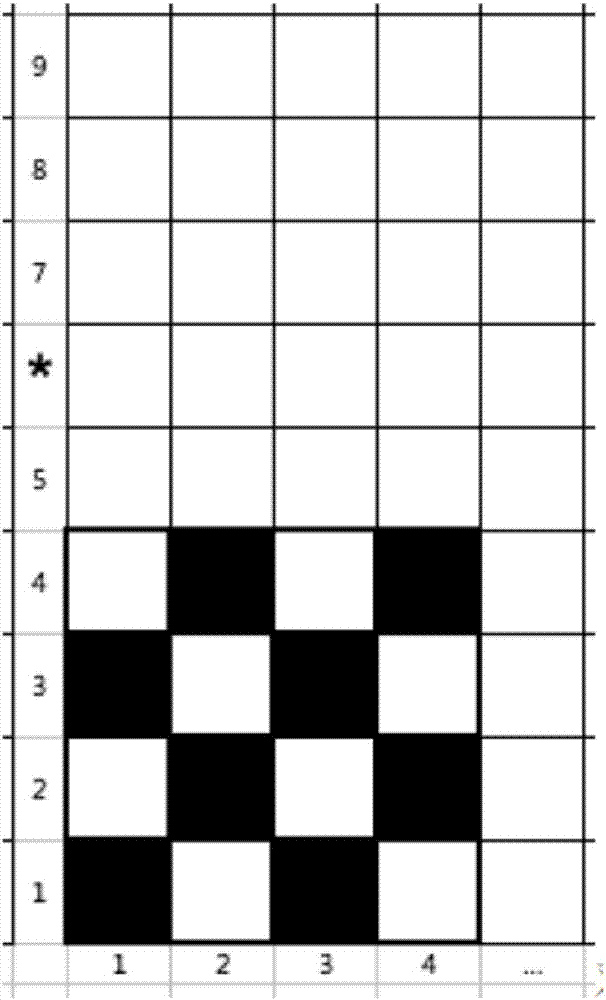Tatting fabric weaving method based on vegetable-dyed yarns-based and purpose of tatting fabric
A plant dyeing and plant dyeing technology, which is applied in the weaving field of woven fabrics, can solve the problems of plant dyed yarn chromaticity, antibacterial performance damage, etc., and achieve the goal of improving fashion and technical content, reducing pollution, and reducing costs. Effect
- Summary
- Abstract
- Description
- Claims
- Application Information
AI Technical Summary
Problems solved by technology
Method used
Image
Examples
Embodiment 1
[0038] The weaving method of the woven cloth based on vegetable dyeing yarn, comprises the steps:
[0039] S1. Select suitable yarns for dyeing with vegetable dyes to obtain vegetable dyed yarns. Specifically, select vegetable dyes, put the yarns to be dyed into vegetable dyes, and perform dyeing processing with ultrasonic waves, wherein the ultrasonic waves use 25KHz and 37KHz Dual-frequency ultrasonic combination, the ultrasonic power intensity is 0.5W / cm 2 , keep warm at 45°C for 15 minutes; then use ultrasonic waves to carry out soaping processing, wherein the ultrasonic waves use a combination of three-frequency ultrasonic waves of 30KHz, 42KHz and 60KHz, keep warm at 30°C for 20 minutes to do soaping twice, and wash twice at room temperature. Ultrasonic power intensity is 0.95W / cm 2 ;
[0040] S2, use the vegetable dyed yarn obtained in step S1 to weave into woven gray cloth, with figure 2 It is a cardboard pattern and adopts conventional weaving methods. It is worth...
Embodiment 2
[0043] The weaving method of the woven cloth based on vegetable dyeing yarn, comprises the steps:
[0044] S1. Select suitable yarns for dyeing with vegetable dyes to obtain vegetable dyed yarns. Specifically, select vegetable dyes, put the yarns to be dyed into vegetable dyes, and perform dyeing processing with ultrasonic waves, wherein the ultrasonic waves use 25KHz and 37KHz Dual-frequency ultrasonic combination, the ultrasonic power intensity is 0.5W / cm 2 , keep warm at 45°C for 15 minutes; then use ultrasonic waves to carry out soaping processing, wherein the ultrasonic waves use a combination of three-frequency ultrasonic waves of 30KHz, 42KHz and 60KHz, keep warm at 30°C for 20 minutes to do soaping twice, and wash twice at room temperature. Ultrasonic power intensity is 0.95W / cm2 ;
[0045] S2, use the vegetable dyed yarn obtained in step S1 to weave into woven gray cloth, with Figure 4 As the cardboard pattern, conventional weaving methods are adopted. It is worth ...
Embodiment 3
[0048] The weaving method of the woven cloth based on vegetable dyeing yarn, comprises the steps:
[0049] S1. Select suitable yarns for dyeing with vegetable dyes to obtain vegetable dyed yarns. Specifically, select vegetable dyes, put the yarns to be dyed into vegetable dyes, and perform dyeing processing with ultrasonic waves, wherein the ultrasonic waves use 25KHz and 37KHz Dual-frequency ultrasonic combination, the ultrasonic power intensity is 0.5W / cm 2 , keep warm at 45°C for 15 minutes; then use ultrasonic waves to carry out soaping processing, wherein the ultrasonic waves use a combination of three-frequency ultrasonic waves of 30KHz, 42KHz and 60KHz, keep warm at 30°C for 20 minutes to do soaping twice, and wash twice at room temperature. Ultrasonic power intensity is 0.95W / cm 2 ;
[0050] S2, use the vegetable dyed yarn obtained in step S1 to weave into woven gray cloth, with Image 6 Conventional weaving methods are used for the cardboard pattern. It is worth no...
PUM
 Login to View More
Login to View More Abstract
Description
Claims
Application Information
 Login to View More
Login to View More - R&D
- Intellectual Property
- Life Sciences
- Materials
- Tech Scout
- Unparalleled Data Quality
- Higher Quality Content
- 60% Fewer Hallucinations
Browse by: Latest US Patents, China's latest patents, Technical Efficacy Thesaurus, Application Domain, Technology Topic, Popular Technical Reports.
© 2025 PatSnap. All rights reserved.Legal|Privacy policy|Modern Slavery Act Transparency Statement|Sitemap|About US| Contact US: help@patsnap.com



